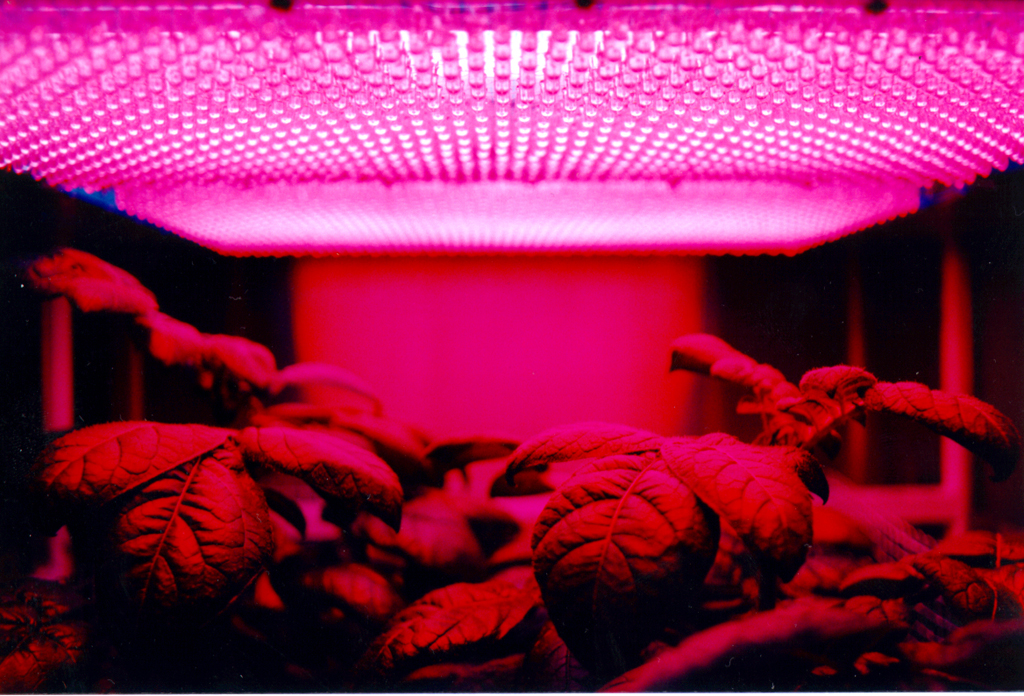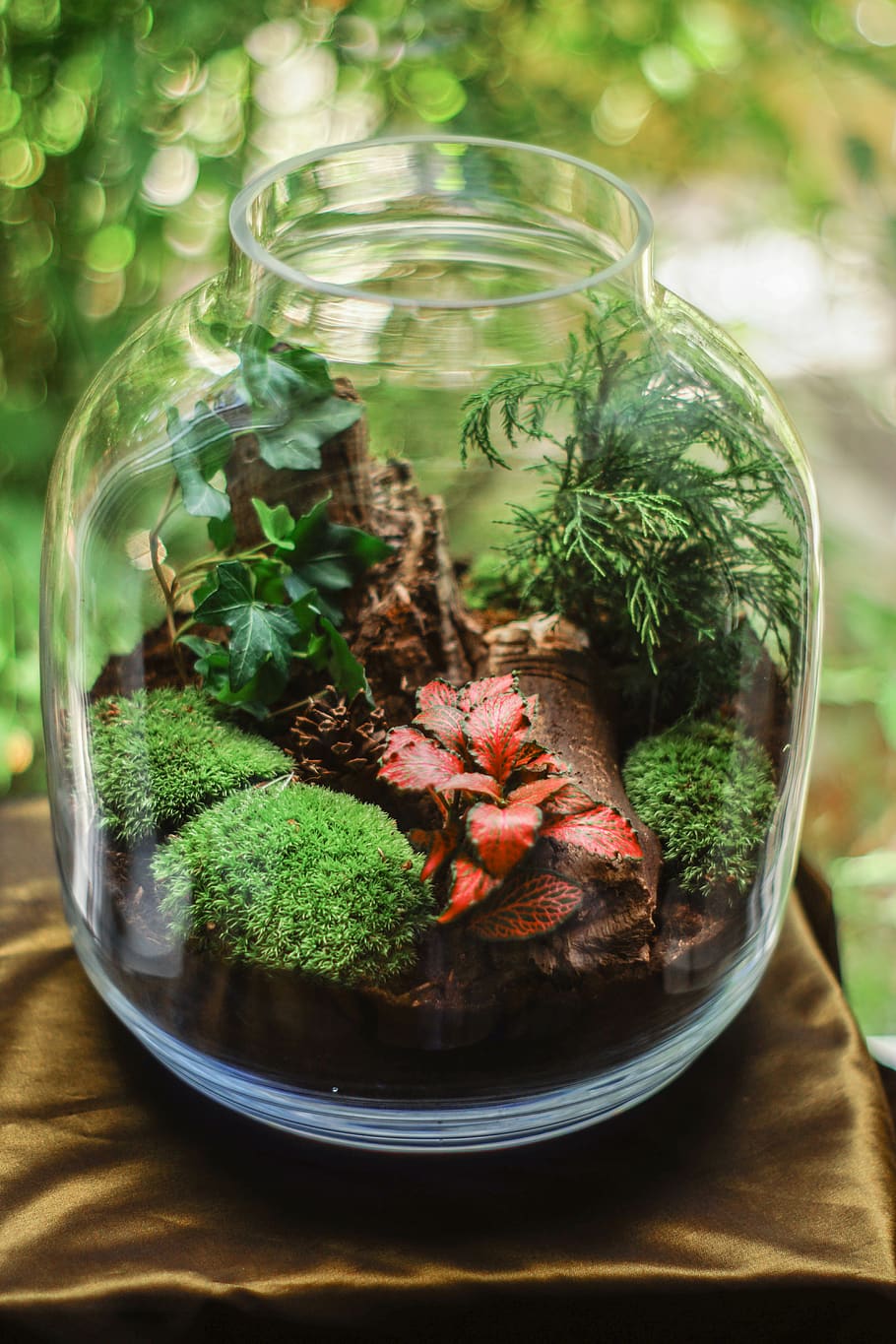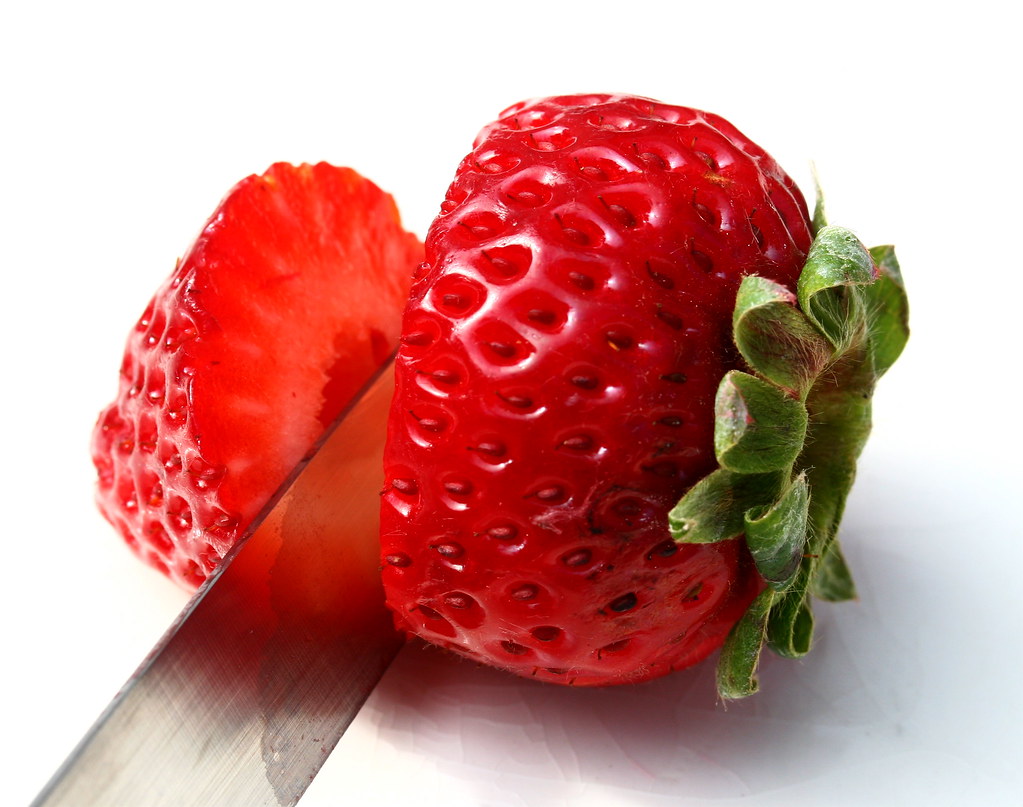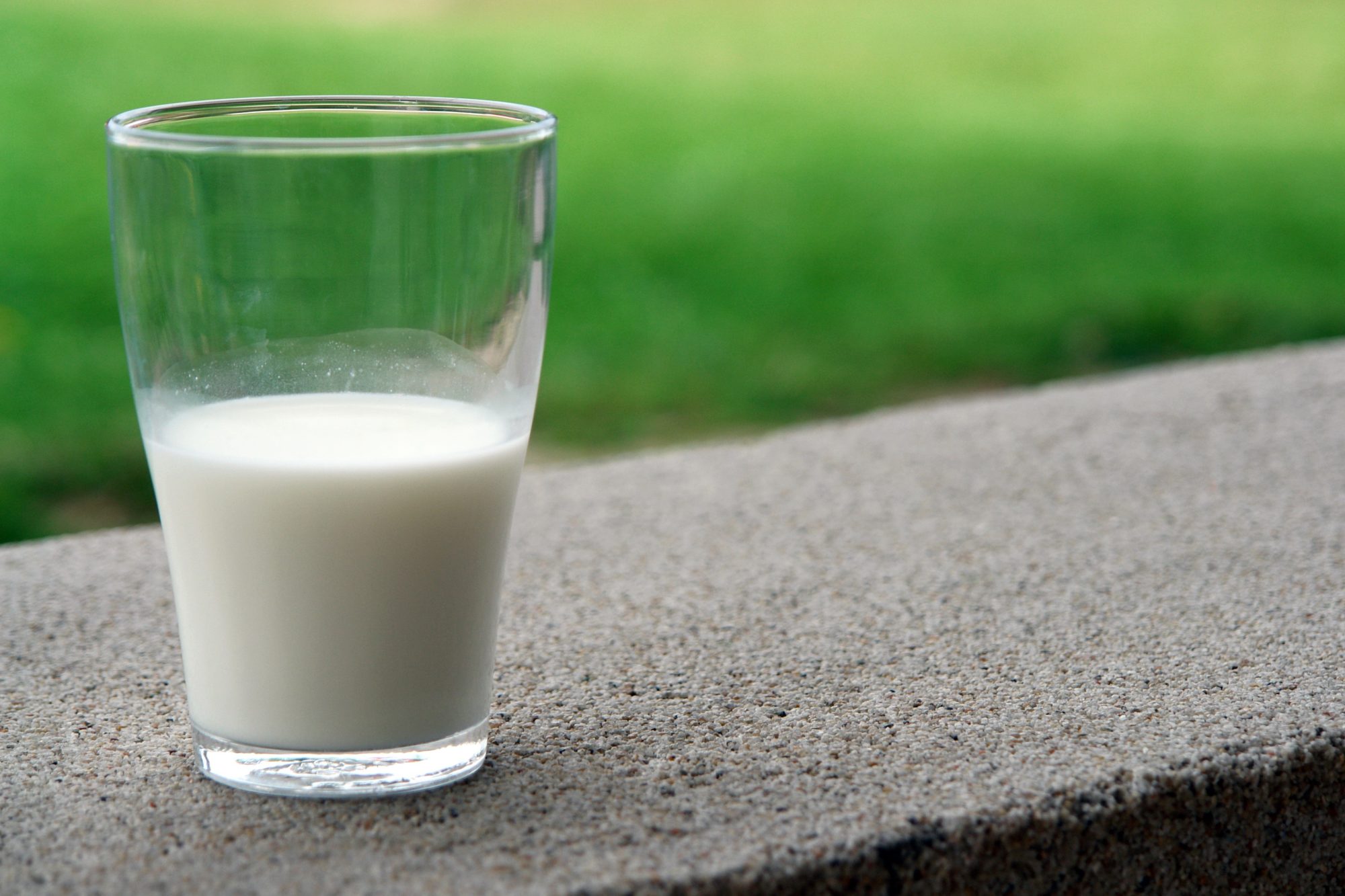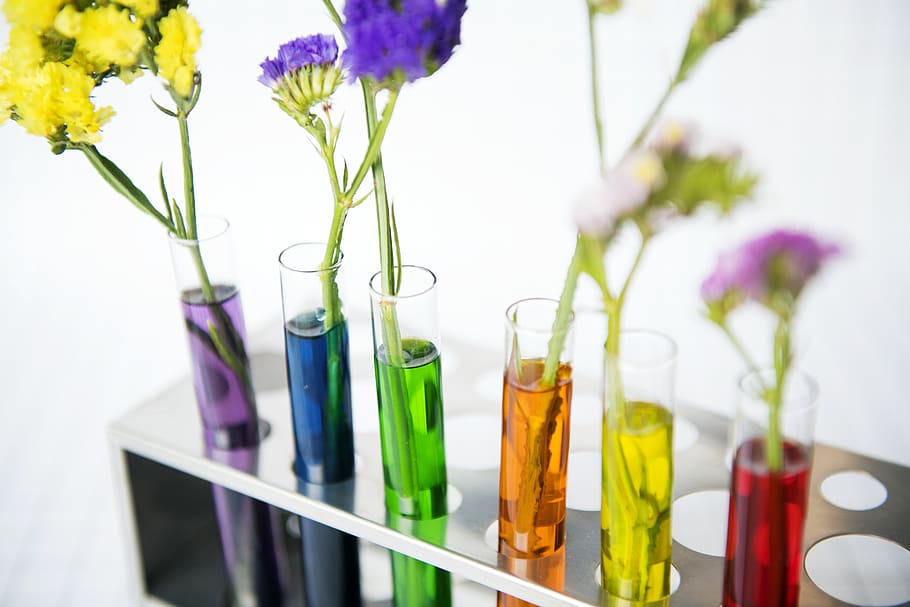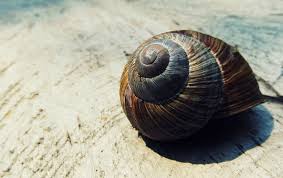Step 1
Start off the experiment by filling the 5 plastic cups at least ¾ full with soil.
Step 2
Place your thumb on the surface of the soil present in the cups and press down gently to make a small hole.
Step 3
Place the seeds in the hole and cover with soil.
Step 4
Repeat steps 2 and 3 for all the plastic cups containing the soil.
Step 5
Get the shoe boxes, remove their lids and using the scissors cut out one side of each box.
Step 6
Cut a hole in the bottom of the shoe box. Make the hole as big as possible without cutting the corners of the box. Pierce 5-10 small holes in the remaining sides of the box.
Step 7
Now tape the coloured cellophane over the side that has been removed and side and over the hole in the bottom of the box.
Step 8
Repeat steps 5 and 7 three more times using a different colour cellophane for each shoe box.
Step 9
It is important to keep one box that is not taped with cellophane to be used as a control.
Step 10
Place one of the boxes over each cup.
Step 11
Place the boxes in an area which is well lit such as next to a window, with the opening in the box facing the light.
Step 12
Water the plant each day for 3-5 weeks (until the plant grows to a sufficient height).
Step 13
Use the ruler to see which plant grew the tallest. Also take notice of the leaf colours, their size, time taken for the seeds to germinate etc. Act like a detective and note down every observation you make.
If you wish to grow other plants, do so. Using Pea plant seeds would work just as well. However, when choosing a plant make sure that it is easy to grow and that it does not take a long time to germinate, as this would make the experiment last much longer than 3-5 weeks.
When cutting the boxes, adult supervision will be required if the participant is in the 6 – 9 year old category.
In case of allergies to beans participants can easily grow other plants instead and conduct the experiment as instructed in the procedure.
Imagine you are wanting to produce the best bean plants possible in time for your local harvest festival. You’ve noticed that your biggest competitor is using lamps with an orange tinge to grow their beans and you are wondering why. You devise an experiment using multiple coloured filters in order to work out which colour of light is best and win the competition.
Which light colour caused the greatest plant growth?
Red and blue light, colours which are furthest away from green in the light spectrum.
Name a pigment that absorbs light.
Chlorophyll, carotene.
What is the function of chlorophyll?
Converts light energy into chemical energy which the plant can use.
What colour filter will be/was the most detrimental towards plant growth?
Green since it is reflected rather than absorbed by the plant.
Why are plants green?
Chlorophyll reflects green light and absorbs all other light.
Why are carrots orange?
Carotene reflects orange light and absorbs all other light.
The objective of this experiment is to show that plants react differently to different colours. Plants need light for the process of photosynthesis. In other words, plants use light to produce the necessary nutrients needed for plant growth.
White light contains a spectrum of colours which make up the colours of the rainbow: red, orange, yellow, green, blue, indigo and violet. This is why when you pass white light through a prism, the ray of light splits up to reveal these colours.

Plants and other materials show the colour they themselves reflect. Therefore if a plant appears green to our eyes then we know it is reflecting most of the green wavelengths of light and not absorbing them. Therefore, it should not surprise us that the plants exposed to green light would have grown the least compared to plants that were grown under different colours. The pigment responsible for the plant’s green colour is chlorophyll, reflecting most of the green light back, and strongly absorbing the light of other colours in the spectrum e.g red and blue wavelengths.
Effect of light Colours on Bean Plant Growth.
Why are Plants Green?
In this experiment it was shown that different wavelengths of light are responsible for the different growth responses. This is because the plant leaf cells possess chlorophylls and carotenoids, organelles which can only absorb specific wavelengths of light, as detailed in the following absorption spectrum:

The following diagram shows the corresponding wavelengths of the colours.

As you can see, both the maximum light absorbance for chlorophyll a and chlorophyll b occurs in the range of light wavelengths that produce either blue or red light. Carotenoids absorb some of the light from the blue/green region, increasing the range of wavelengths of light that can be absorbed by the plant. Plants need to absorb light as part of the process of converting carbon dioxide and water into glucose through the biochemical process of photosynthesis. This glucose can then be used by the plant to respire and create ATP, a form of energy which can be used for biological processes such as growth and repair.
Carotenoids are accessory pigments since they cannot perform photosynthesis, but have to pass the energy obtained from light to chlorophyll.
In the middle of the absorption spectrum there seems to be almost no absorption of light which explains why the green colour was responsible for a lower amount of growth when compared to other filter colours.
Applications
Hydroponics is a method which allows the growing of plants without the use of soil but instead using water containing the necessary nutrients. In hydroponics, multi-colour LEDs can be used which offer any spectrum of light to maximise plant growth. http://www.epicgardening.com/types-of-hydroponic-lighting/
Research
An interesting new method to measure the rate of photosynthesis in aquatic plants using acoustic analysis. By measuring the sound produced by the formation of gas bubbles during photosynthesis can be measured and allows more accurate measurement of photosynthetic processes in hydrophytic plants than using a photosynthometers.
http://www.nature.com/articles/srep44526
Applications
Biofuel cells are an innovative means of transforming the chemical energy generated by the process of photosynthesis into electrical energy. This allows the production of electrical energy without the need of fossil fuels.
https://www.sciencedaily.com/releases/2010/02/100218092846.htm
Applications
The concept of using different colours to enhance plant growth is also used in greenhouses. Using different coloured plastic films, the colour of light reaching the plants can be controlled.
Be creative and try the experiment with different plant seeds. See if the same results are obtained.
You could also try out this experiment during different seasons, which may influence plant growth due to factors such as air temperature and humidity. Try the experiment in summer and in winter and compare results.

